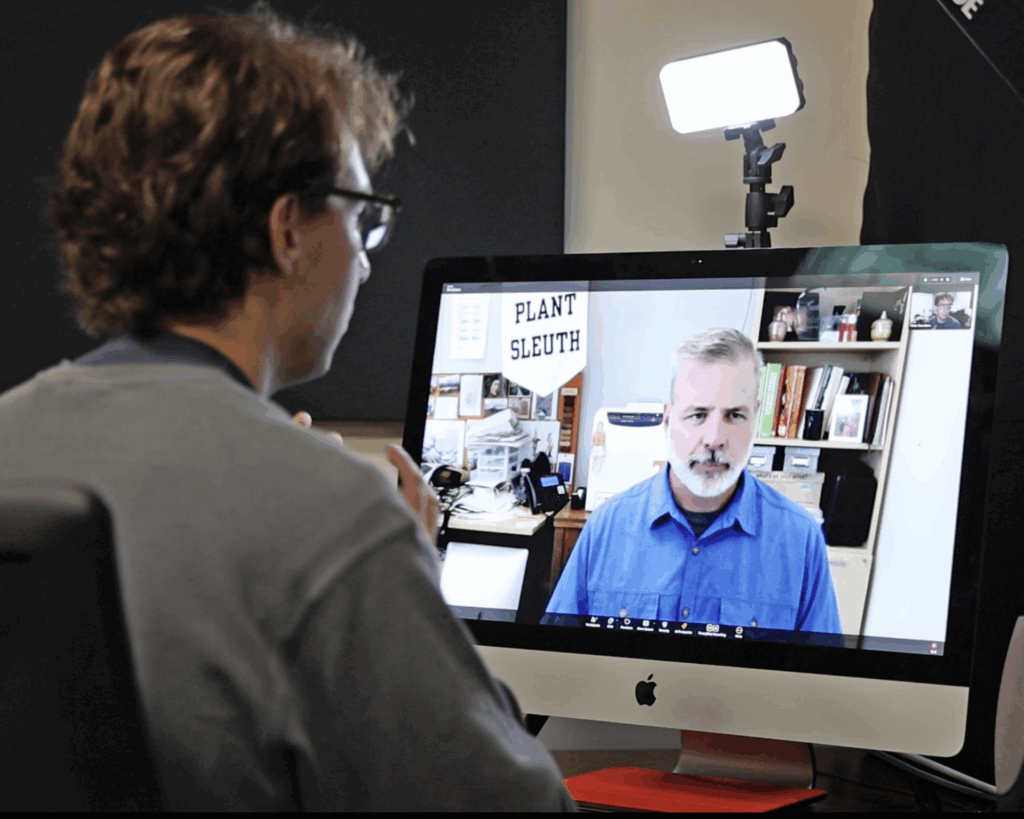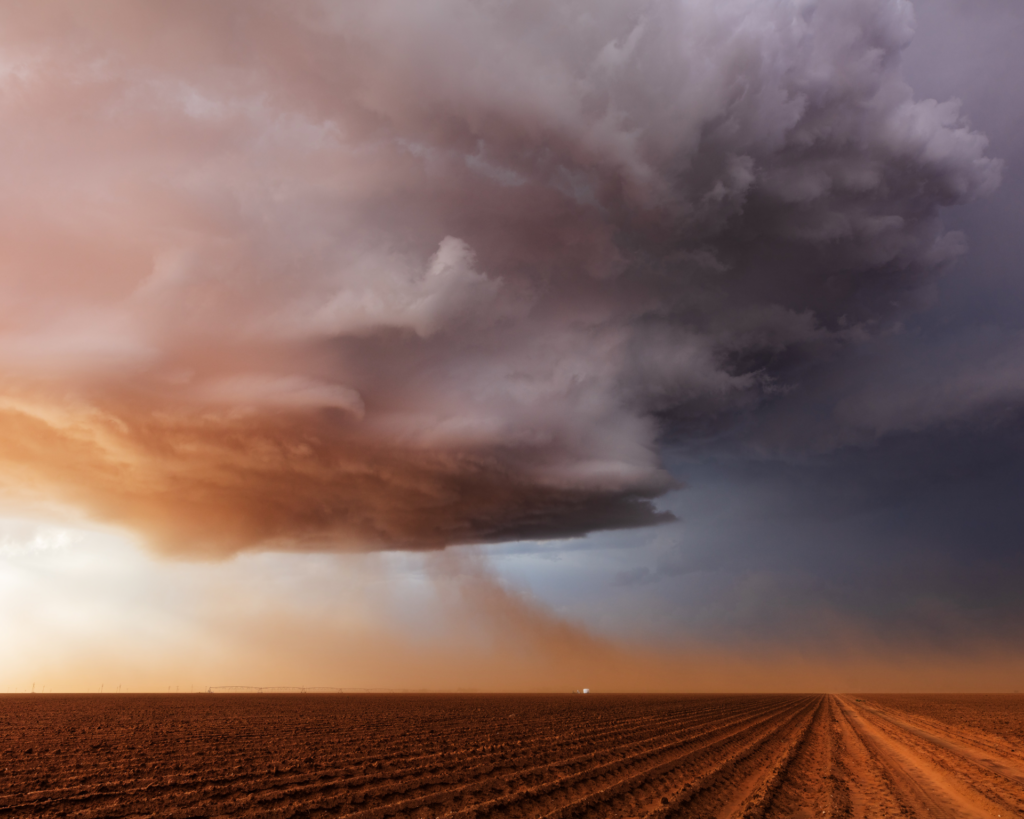Nature as Medicine
Public health research today reaffirms what intuition has long told us: contact with green and blue spaces is protective for health.

Read Time: 5 minutes
Published:
My favorite path for walking is alongside a river. It is canopied by trees that are a lush emerald in summer, blazing red and orange in fall, blossoming tender green in spring, and silvered in the winter. Over time, this routine has given me a cast of familiar companions on my walks. A blue heron, standing in its usual spot in the river, patiently scanning for fish; turtles sunbathing on the same half-submerged branch; rabbits darting in and out of the grass each spring; ducklings and goslings trailing their parents as the season turns to summer.
At first, I used these walks to catch up on music or podcasts. Lately, though, I’ve found myself drawn more to the natural soundtrack: the layered calls of birds, the wind threading through the trees, the warmth of sun on my face, and the soothing cool of a breeze.
These daily moments remind me that nature is not only scenery, but medicine. For centuries, cultures around the world have understood the restorative power of natural spaces. Today, public health research reaffirms what intuition has long told us: contact with green and blue spaces is protective for health.
Why Nature Matters for Health
“Nature as medicine” is not simply a metaphor. A growing body of evidence shows that time outdoors lowers cortisol levels, improves sleep, and boosts mood. Exposure to greenery is linked with lower risks of cardiovascular disease, diabetes, and premature mortality. Nature exposure and nature immersion therapy have been shown to improve mental health and lower the odds of anxiety and depression.
Even taking short walks and viewing nature through windows is associated with better health. The dose does not need to be long or intense, as even small and repeated exposures matter.
Nature is our original infrastructure.
Access to Nature
Many neighborhoods shaped by disinvestment lack safe and accessible green and blue spaces. These areas also experience higher air and noise pollution, hotter summer temperatures, and greater health burdens. Urban heat islands reveal stark differences: low-income neighborhoods, with fewer trees and more asphalt, can be several degrees hotter than wealthier parts of the same city. These differences drive health disparities, including higher asthma rates, more heat-related illnesses, and greater cardiovascular stress. In California, for example, historically redlined neighborhoods experience more air pollution and higher asthma-related emergency visits than areas that were not redlined.
Zip code is a powerful predictor of health, not only because it signals socioeconomic status, but because it shapes daily exposure to – or exclusion from – nature. Where there are fewer parks, fewer trees, and less investment in outdoor spaces, health suffers.
Nature and Policy
If exposure to green and blue spaces is vital to health, then access cannot be left to chance or geography. Places across the world are showing what’s possible through planning and policy, particularly in areas that are under-resourced or over-industrialized.
Philadelphia has transformed thousands of vacant lots into green spaces, with measurable reductions in crime. Los Angeles turned an asphalt elementary schoolyard into green community spaces, improving physical activity and increasing social well-being for children. In Seoul, South Korea, the city dismantled an elevated highway to restore the historic Cheonggyecheon Stream, transforming a congested corridor into a 7-mile greenway with pedestrian paths and bridges. The restoration project improved air quality, reduced urban heat, boosted biodiversity, increased public transit use, and spurred economic growth, all while creating a healthier public space.
Nature is our original infrastructure, and investing in tree canopy and parks and restoring rivers, lakes, and coastlines pays dividends in healthier, more vibrant communities.
The daily presence of nature, with its quiet rhythms and restorative power, shouldn’t depend on a zip code or income.
Cultural Perspectives
Many cultures have long centered health in relationship to land, water, and air. Indigenous communities in North America describe reciprocal relationships with nature and ecosystems, emphasizing stewardship and interdependence over extraction. In Japan, forest bathing (shinrin-yoku) is a practice shown to lower blood pressure and enhance immune function. In the UK and Germany, clinicians are experimenting with nature-based social prescribing that includes time in parks or wetlands, reframing nature as part of medical care. These practices remind us that nature is an active partner in health.
A Call to Action
Just as we invest in clean water and robust transportation systems, we can invest in trees, rivers, and parks as core infrastructure for well-being. This requires partnerships across sectors (city and county planners, construction and engineering, climate and sustainability, health systems, and community organizations) working together to expand and sustain green and blue spaces, particularly in under-resourced areas.
This past summer, during a particularly long stretch of heat and humidity, the river I walk along receded dramatically, exposing stones, soil, and tree roots I don’t usually see. On more than a few of those walks, the blue heron was gone. After a few days of much needed rain and the air had cooled, I was relieved to spot it again in its usual place, though the water has yet to rise back to its former level. That small cycle reminded me that health (ours, and that of everything living around us) depends on the water, trees, and sky we share.
The daily presence of nature, with its quiet rhythms and restorative power, shouldn’t depend on a zip code or income. If we are serious about prevention and wellness, then we must work towards making nature’s medicine available to all.
Next up in the series: Social Connection as Medicine.



